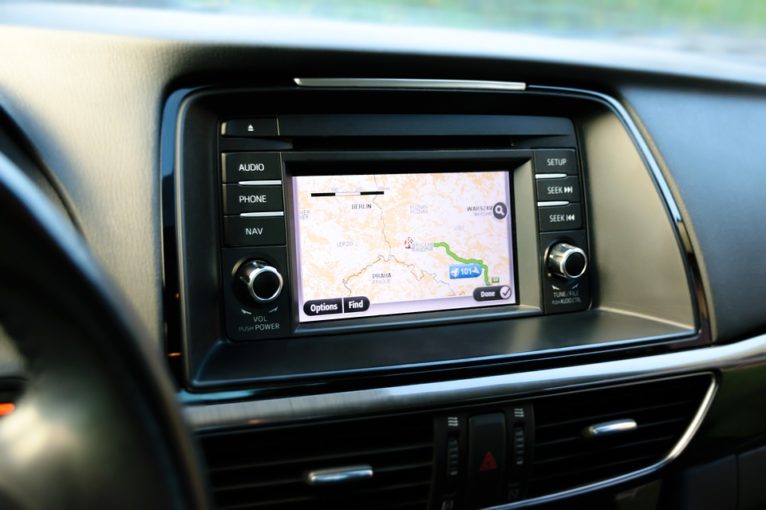Computer technology has become such a critical aspect of contemporary life that many of today’s drivers expect to find sophisticated hardware in connected cars. Few consumers know how the hardware works, but they know they want cars that can connect to the internet as well as smartphones and media players.
In this first part of a three-part series, we’ll go over the hardware included in many connected cars. Next time we’ll focus on safety and maintenance, and then we’ll cover infotainment and consumption.
Hardware Used In Connected Cars
General Motors introduced the auto industry to the connected vehicle when it started including its OnStar system in some cars sold in 1996. GM designed the original OnStar to help people who had been in accidents. When a driver had an accident, they could use the system to place a cellular call to a nearby call center.
OnStar also had GPS capabilities, so it could pinpoint the driver’s location, making it easy for emergency services to find the accident.
Connectivity has changed a lot since 1996. In 2014, Audi released a version of its A3 sedan that included a 4G LTE Wi-Fi hot spot. Anyone willing to buy the vehicle and pay a monthly service bill could access the internet from their cars.
Notably, the hot spot improved Audi’s navigation and maps. It also made it possible for passengers to stream music and video, visit websites, and enjoy the convenience of an internet connection for their personal devices.
Since Audi pushed the technological envelope in 2014, countless manufacturers have added internet connectivity to their vehicles.
How Vehicle-Based Hot Spots Work
Vehicle manufacturers can offer internet access by installing hardware that transfers cellular information. Many connected cars have wireless routers made by companies such as MiFi. Passengers sitting in the car can connect their devices to the router, which gives them internet access.
Discussing wireless routers can get complicated, but these are the basic steps that occur when someone connects to the internet in a tech-savvy car:
- The router sends a signal to nearby cellular towers to confirm an internet connection.
- The person’s device asks the router to request information from the internet.
- The router sends that request to the cell tower, which sends the request to its internet connection.
- The cellular tower sends the requested information to the car’s wireless router.
- The router gives the information to the person’s device.
A request can include anything from looking up a website to loading a cloud-based video game.
Of course, some cars have built-in systems that don’t require personal devices. These models follow the same instructions, but they display request results on the car’s screen.
Best Ways to Use Connected Car Hardware
A connected car can do anything you can do on a computer. Some uses, however, become more important when accessing the internet from inside a car. Many drivers enjoy connected cars because they can:
- Sync their mobile devices to their stereos to stream stored music.
- Find the shortest or quickest route to a destination.
- Reply to emails on the go.
- Connect with their favorite apps.
- Get driving directions without getting distracted by smartphones.
- Get recommendations for nearby restaurants, fuel stations and other places.
- Play movies that entertain young passengers in the rear seat.
Experts expect connectivity to play an increasingly important role in the future of transportation. Once more cars connect to the internet, vehicles can communicate with each other to reduce traffic and accidents. Connected cars could even become autonomous drivers with access to unlimited amounts of information that help them make smart choices on the road.
It’s difficult to predict how cars will evolve, but developers know that internet connectivity will become key to improving the driving experience. Next time we’ll discuss how that connectivity makes the driving experience safer.





Comments are closed.